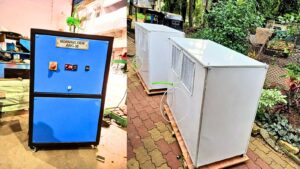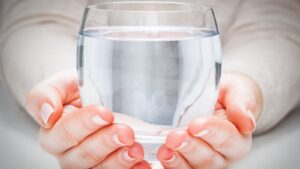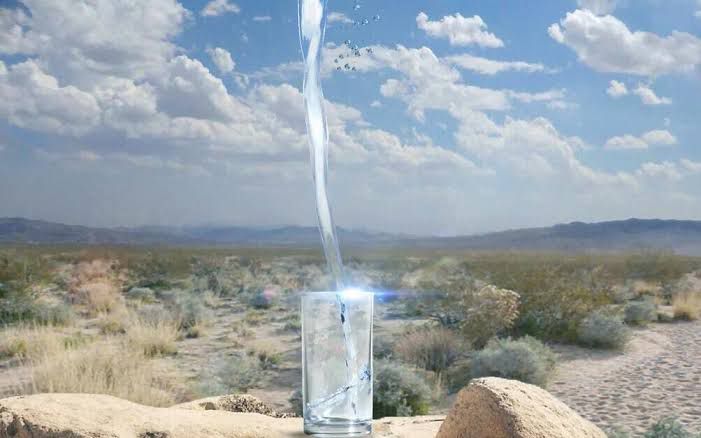Thinking Ahead Of The Curve:
Clean drinking water is essential to staying healthy and preventing water-related ailments. Due to the global scarcity of adequate drinking water numerous water-related disorders persist. This page discusses the most common waterborne infections, how they affect the population, and how reliable water products can help prevent them.
A Research Study Published By The World Bank –
An Analysis of Physical and Monetary Losses of Environmental Health and Natural Resources in India (Policy Research Working Paper No. 6219) states that the estimated health cost of water pollution in India is estimated to be USD 7 billion. This includes losses due to drinking polluted water that may either be carrying disease pathogens or may be contaminated with heavy metals.

While government schemes like har ghar jal are doing great, clean drinking water is still out of the reach of a large percentage.
One of the ways of providing clean drinking water is through atmospheric water generators. This is a good method especially in areas where water is contaminated or not available.
Creating water on your own is possible.

How It Works ??
Humid air is drawn into the atmospheric water generator and filtered out through one side. Condensation arises from the interstitial humidity and produces liquid water. The Detailed Procedure is:
FILTRATION OF AIR
Sucked air is filtered so that dust and tiny particles don’t make it into the machine.
CONDENSATION
The air then passes through a condenser coil or cylinder where the moisture in the air condenses back down to a liquid state.
WATER FORMATION
There is no contamination or pollutants in the water that is produced.
MINERALIZATION
Additional purification steps can be taken to add minerals before the final collection.
Benefits and Features
NO OUTLET FOR WATER NECESSARY
AWG provides a clean installation in a hurry, and the air contains 37,500,000,000,000,000 gallons of fresh water at any one time. presence of a lot of metals. When compared to competing brands.
DRINKING WATER FROM THE AIR
Unlike water RO and desalination systems, which wastewater in the process, AWG doesn’t degrade current water resources.
NO WATER WASTAGES
Even though 70% of the water is sent away, none of it is wasted.
CONVENIENT AND SIMPLE TO ADJUST
When it comes to running costs and upkeep, AWG is hard to beat. The AWG can be installed in a short time of period.
PURE DRINKING WATER
AWG produces potable water free of all toxins, pathogens, and other contaminants.

When it comes to ensuring clean and safe drinking water Atmospheric Water Generator is a highly recommended solution. Its user-friendly design allows for easy installation and maintenance making it suitable for both households and small-scale communities.
Costs:
There are significant operational costs of operating an AWG. It needs energy equivalent to at least the latent heat of condensation and for poorer communities that is a challenge. This is where the government should step in with community-level solar plants that power the atmospheric water generator. This cost will be significantly less than the economic losses and prevention of such economic losses will only increase economic productivity in the future.
Conclusion:
Although waterborne diseases pose a serious threat to public health, such risks can be reduced, and universal access to clean water is secured by using the appropriate water products and taking the necessary precautions. Investing in dependable water Generators and adhering to proper hygiene practices can significantly cut the spread of waterborne diseases. To safeguard yourself and your loved ones from the effects of drinking tainted water, think about introducing Atmospheric Water Generator PVT. LTD. into your daily routine. Let’s all work together to make sure our neighborhoods have access to clean water.


